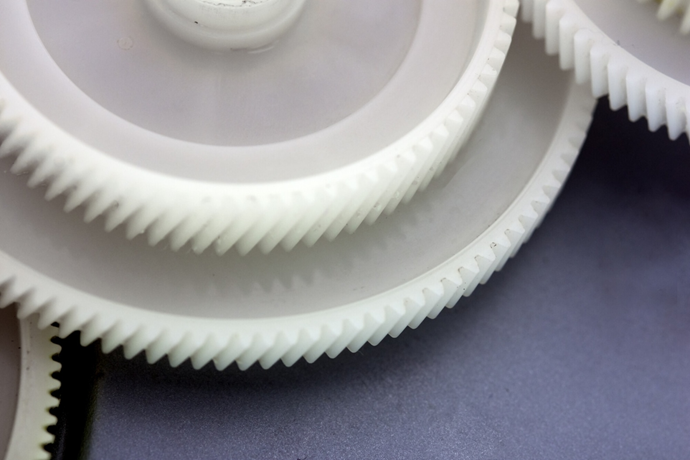For many years, innovators and designers have preferred metal gears for their design projects. However, recent innovations may cause this preference to change.
Plastic has become increasingly sturdy and resilient. These qualities make it a reliable material for some heavy-duty work.
Plastic gears are more low-maintenance in some ways, too. For example, these materials can often run without lubrication in many open gear applications. In fact, there are plastic gears that work without lubrication in 21-inch diameter main drives!
As you can see, there are several benefits of plastic gears. However, that doesn’t mean they’re ideal for every project. Consider these three factors before you purchase your gear.
1. Plastic vs. Metal Gears
Recent innovations have drastically transfigured plastic. However, plastic still faces some downsides that metal doesn’t.
Several factors common to industrial machines can damage or distort plastic gears. These include:
- Temperatures
- Humidity
- Torque
- Speed
Each of these could cause significant harm to your plastic parts. In contrast, metal can often face these challenges with ease.
Plastic gears also require more initial engineering work. Many designers fail to consider this, causing their projects to perform inadequately.
However, as mentioned before, plastic does have some advantages over metal. It’s often more affordable than its metal counterparts, for instance. It also works well without lubrication.
So, consider which of these materials would work best for your gear applications. Then, move to the next consideration.
2. What Size Do You Need For Your Plastic Gears?
Once you decide on a plastic gear, consider the size you need. A gear’s size is crucial to its performance.
Experts rate a metal gear by evaluating its load data. However, plastics have different compositions that require a separate evaluation.
These evaluations consider the gear’s load data, environmental conditions, and material features. From there, consider the gear’s ratio and center distance.
If you suspect that a plastic gear is the best choice, begin using it in the early stages of your project. This way, you can gauge whether the gear is the right size.
3. Choose the Best Plastic
When people ask, “do plastic gears work,” the answer is that it depends on the plastic. There are several nylon gear materials to choose from, each with different capabilities for your design. The designer, then, must select the best plastic for his task.
There are some capabilities unique to different plastic gears. For example, a nylon 6 has moisture absorption and swelling limitations. Other nylon gears lack these limitations.
So, look for the best plastic gears for sale and check their limitations. This way, you can find the equipment you need for your design.
Find the Plastic Gears You Need
As you can see, plastic gears can be ideal for some industrial designs. The question is, does your design need plastic gears?
If so, use these considerations to find the gears you need! Before long, you can finish your design with the certainty that it will perform successfully.
We hope you enjoyed this article! If so, be sure to check out our other articles today. We have several tips on many subjects just for you!

